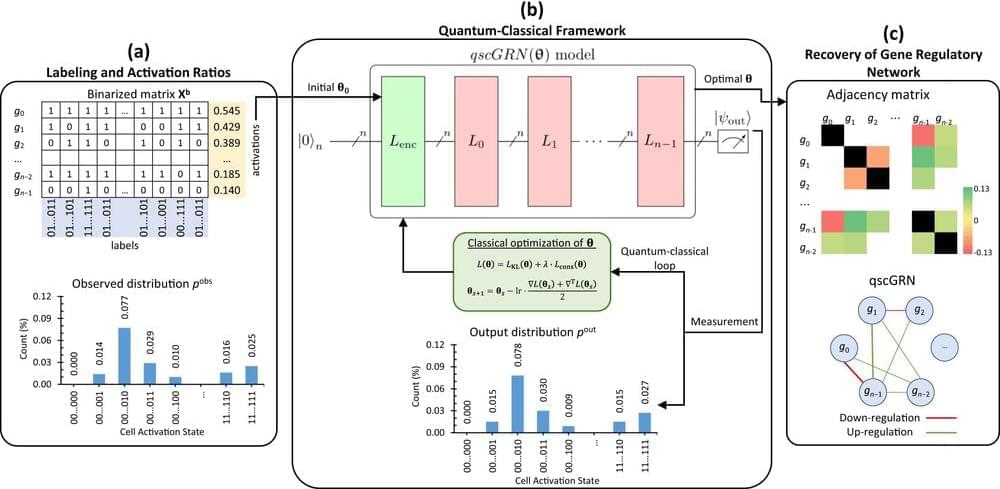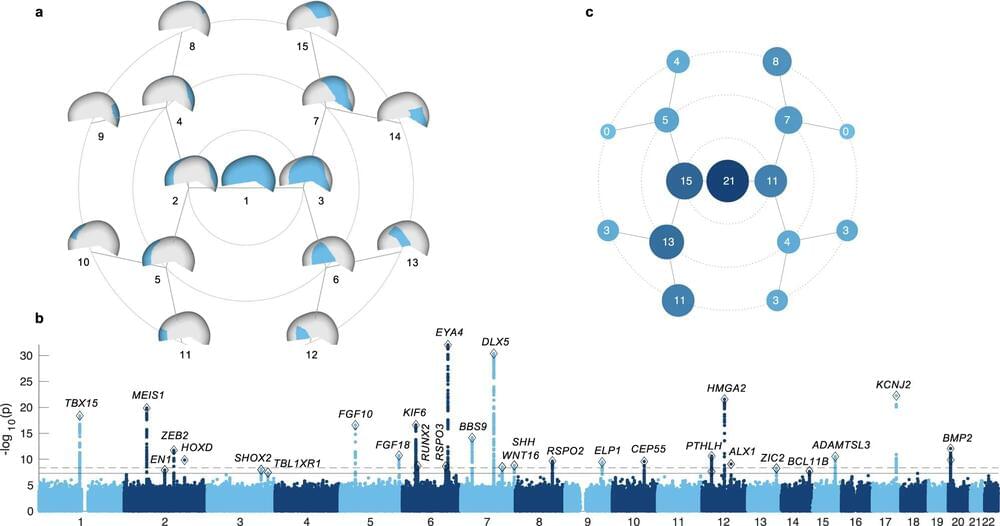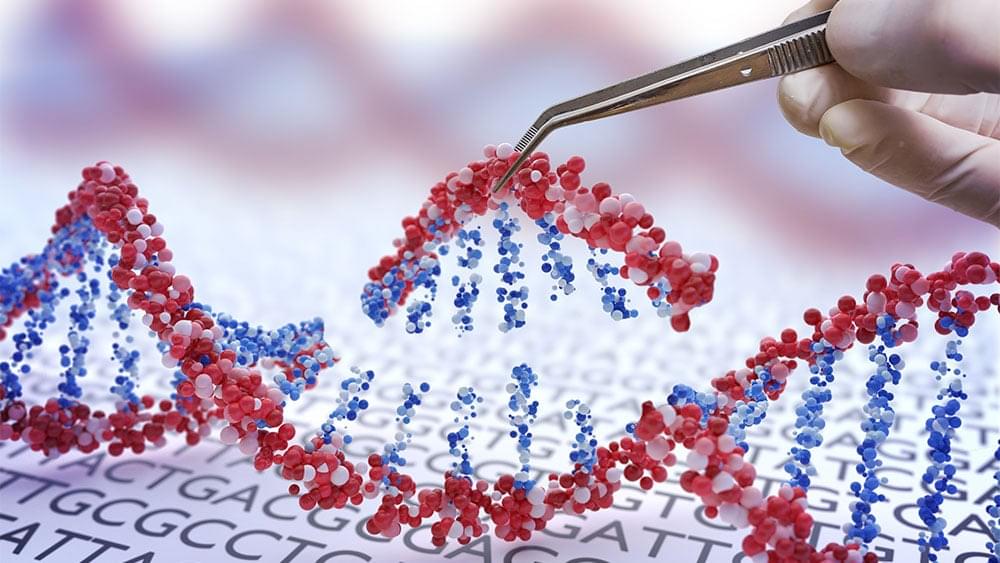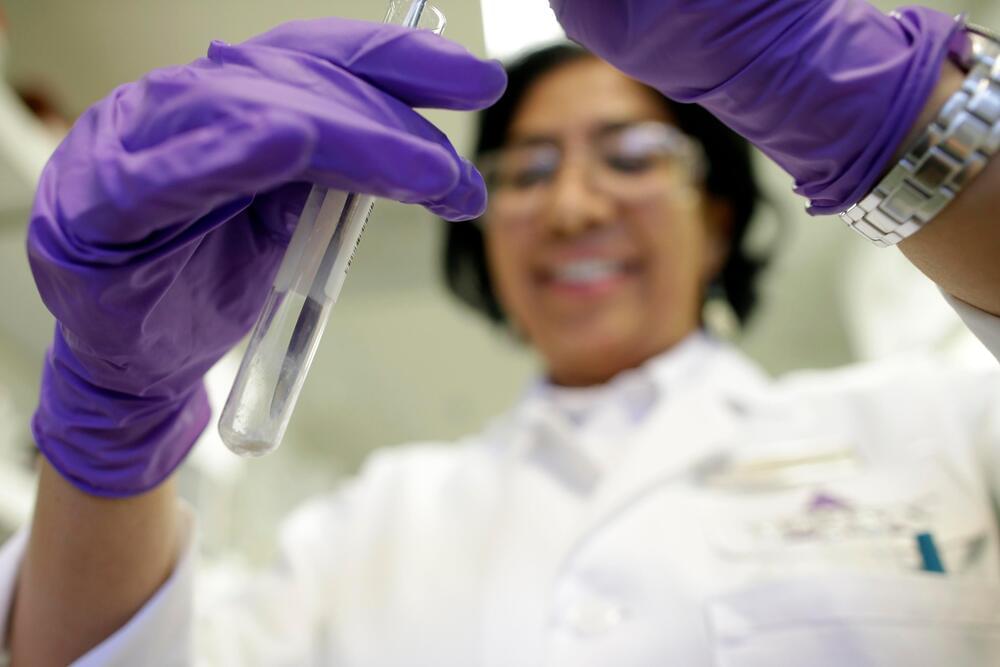In a new multidisciplinary study, researchers at Texas A&M University showed how quantum computing—a new kind of computing that can process additional types of data—can assist with genetic research and used it to discover new links between genes that scientists were previously unable to detect.
Their project used the new computing technology to map gene regulatory networks (GRNs), which provide information about how genes can cause each other to activate or deactivate.
As the team published in npj Quantum Information, quantum computing will help scientists more accurately predict relationships between genes, which could have huge implications for both animal and human medicine.








